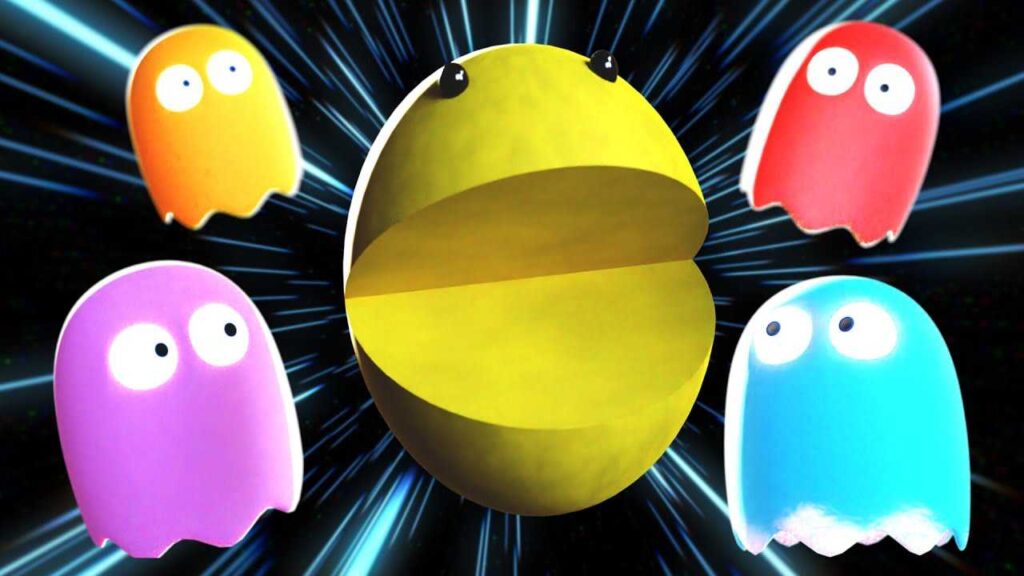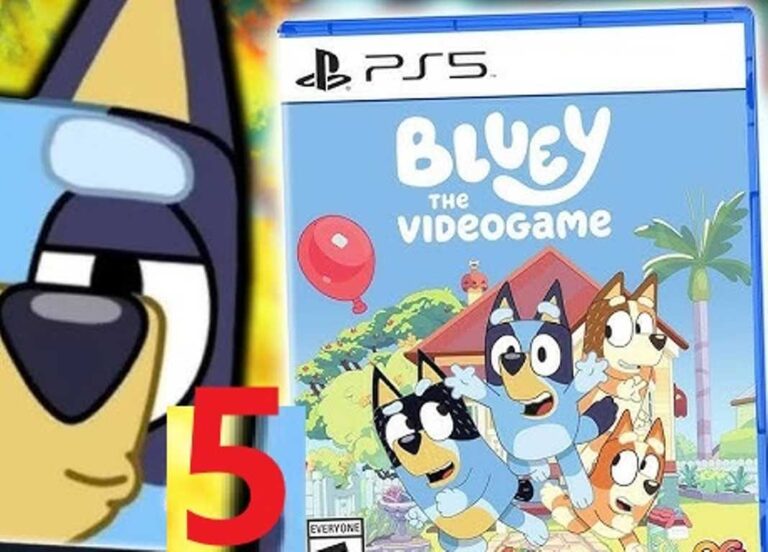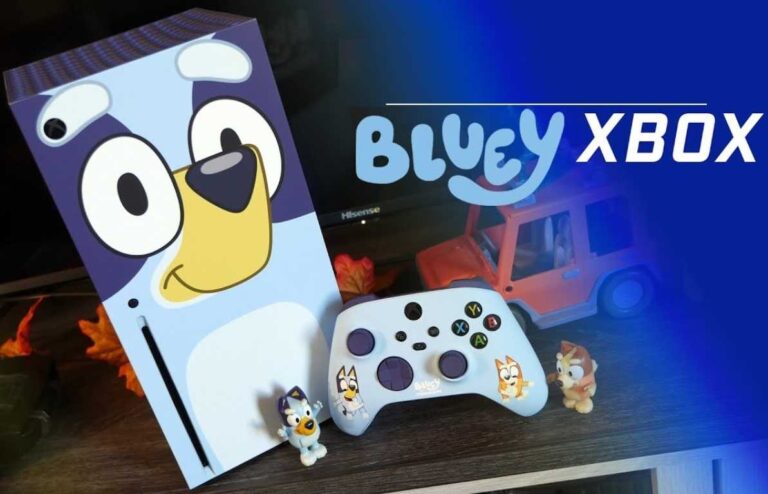
Pac-Man is more than just a video game. It’s a cultural phenomenon. Since its release in 1980, it has influenced countless games, movies, and even fashion. In this article, we’ll dive into the history, gameplay, impact, and legacy of Pac-Man. Whether you’re a longtime fan or new to the game, there’s plenty to discover.
The Birth of Pac-Man
Pac-Man was created by Namco, a Japanese video game company. The game was developed by Toru Iwatani. He wanted to create a game that would appeal to women, as most video games at the time were designed for men. Iwatani felt that games with more aggressive themes, like space battles, were not very inviting.
In a meeting with Namco’s president, Iwatani presented the idea of a game with a character that could be as friendly as possible. He was inspired by the image of a pizza with a slice missing. That simple shape became Pac-Man.
How Pac-Man Works
Pac-Man is a maze game. The player controls Pac-Man, a yellow, circular character. The objective is to eat all the dots in the maze while avoiding four ghosts. These ghosts are Blinky, Pinky, Inky, and Clyde.
The maze is filled with dots, larger dots known as power pellets, and some fruit. Eating all the dots in a maze completes the level. Power pellets give Pac-Man the ability to eat the ghosts for a short time, turning them blue and making them vulnerable.
Game Mechanics
The game is played from a top-down perspective. Pac-Man moves through the maze in four directions: up, down, left, and right. The player uses a joystick or directional buttons to control Pac-Man’s movements.
The ghosts move in specific patterns and have different behaviors. Blinky, the red ghost, always chases Pac-Man. Pinky, the pink ghost, tries to get in front of Pac-Man. Inky, the cyan ghost,’s movement depends on both Pac-Man’s and Blinky’s positions. Clyde, the orange ghost, has a random movement pattern.
The power pellets cause the ghosts to turn blue. When this happens, Pac-Man can eat them for extra points. The ghosts will respawn in the maze’s center after being eaten.

The Maze and Its Challenges
The maze is the heart of Pac-Man. It is simple but challenging. The walls create a complex path, and the ghosts are always trying to catch Pac-Man. Each maze has a distinct layout, and the game becomes more difficult as the player progresses.
In later levels, the ghosts move faster, and their patterns become more unpredictable. This increases the difficulty and keeps the game exciting. Additionally, the fruit that appears in the maze provides extra points, adding another layer of challenge.
Pac-Man’s Popularity
Pac-Man was a huge success when it was first released. It became a cultural icon almost overnight. The game’s simple yet addictive gameplay made it popular with a wide audience.
It also helped that Pac-Man was different from other games of its time. While many games were about shooting or combat, Pac-Man was about eating and escaping. This change in theme attracted a broader audience, including more women and younger players.
Merchandise and Media
Pac-Man’s success led to a wide range of merchandise. There were toys, t-shirts, and even a breakfast cereal. The character became so popular that it was featured in its own television show. The “Pac-Man” animated series aired in the early 1980s and featured Pac-Man and his family.
The game’s popularity also led to numerous spin-offs and sequels. Some of these include Pac-Man Plus, Ms. Pac-Man, and Pac-Man Championship Edition. Each of these games built on the original concept and introduced new features or challenges.
Ms. Pac-Man
Ms. Pac-Man is one of the most famous sequels to the original Pac-Man. Released in 1981, it was created by General Computer Corporation, not Namco. It introduced several new features, including new mazes and a female protagonist.
Ms. Pac-Man improved upon the original game by offering more variety in the mazes and increasing the game’s difficulty. The ghosts in Ms. Pac-Man also had different behaviors, making the game more challenging.
The Legacy of Pac-Man
Pac-Man’s impact on video games is immense. It helped pave the way for new genres and game design philosophies. The game’s influence can be seen in countless games that followed.
The simple yet engaging gameplay of Pac-Man inspired many other games. Its success proved that games could appeal to a wide audience and not just a niche market. Pac-Man’s success also demonstrated the potential for video games to become mainstream entertainment.
Pac-Man in Modern Times
Pac-Man continues to be popular even today. The game has been adapted for various platforms, including consoles, mobile devices, and even arcade machines. Modern versions of Pac-Man often include new features and updated graphics, but the core gameplay remains the same.
Pac-Man has also made its mark on pop culture. It has appeared in movies, music videos, and even as a character in other video games. The character remains a beloved icon and a symbol of the golden age of arcade games.
Challenges and Strategies
Playing Pac-Man involves a mix of strategy and quick reflexes. Understanding the behavior of the ghosts is crucial. Each ghost has a different movement pattern, and learning these patterns can help in avoiding them.
One common strategy is to use the maze’s layout to your advantage. For example, using the tunnels on the sides of the maze can help you escape from ghosts. Another strategy is to plan your path through the maze to collect all the dots efficiently.
Pac-Man and Technology
Pac-Man was a technological marvel for its time. It used a custom-built microprocessor to run the game, which was a significant achievement in 1980. The game’s success demonstrated the potential for video games to use technology in innovative ways.
As technology has advanced, Pac-Man has been adapted to run on new platforms and devices. Modern versions of the game benefit from improved graphics, sound, and gameplay features. Despite these advancements, the core experience of Pac-Man remains true to its origins.
Conclusion
Pac-Man is more than just a video game; it is a piece of gaming history. Its simple yet captivating gameplay, along with its iconic character, has made it a lasting symbol in the world of entertainment. From its creation in the 1980s to its continued popularity today, Pac-Man has left an indelible mark on video games and popular culture.
Whether you are a new player or a long-time fan, Pac-Man offers a timeless experience that continues to entertain and inspire. Its legacy is a testament to the power of video games to capture the imagination and create lasting memories.
Additional Reading
If you want to explore more about Pac-Man or try out different versions of the game, there are plenty of resources available. Many websites offer classic Pac-Man games to play online, and you can find a range of merchandise celebrating the iconic character.
For those interested in game design, studying Pac-Man’s development can offer valuable insights into creating engaging and successful games. Its impact on the industry and culture is a fascinating topic for anyone interested in the history of video games.
Try Playing Pac-Man
If you haven’t played Pac-Man before, now is a great time to start. You can find the game on various platforms, including classic arcade machines, home consoles, and mobile devices. Experience the game that became a cultural phenomenon and see for yourself why Pac-Man remains a beloved classic.



